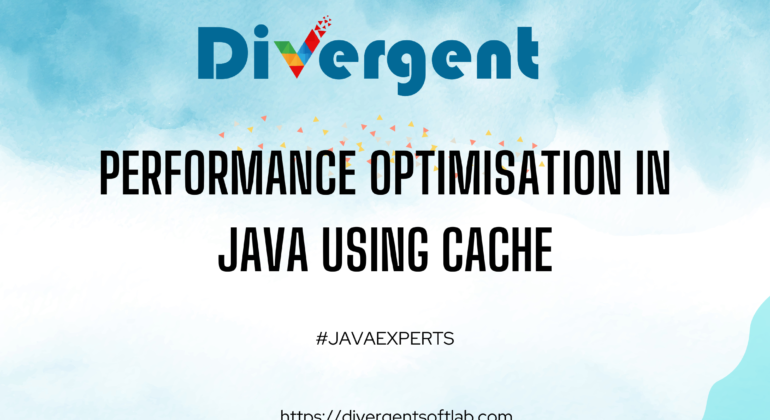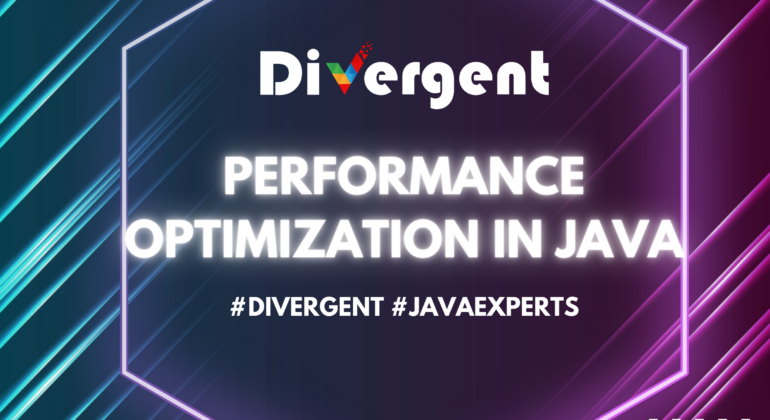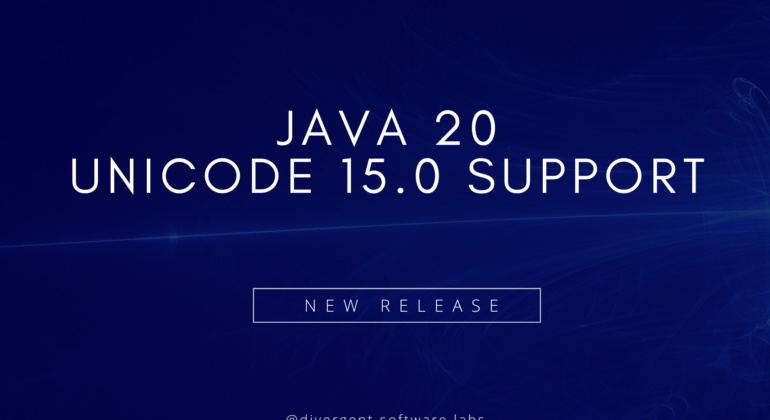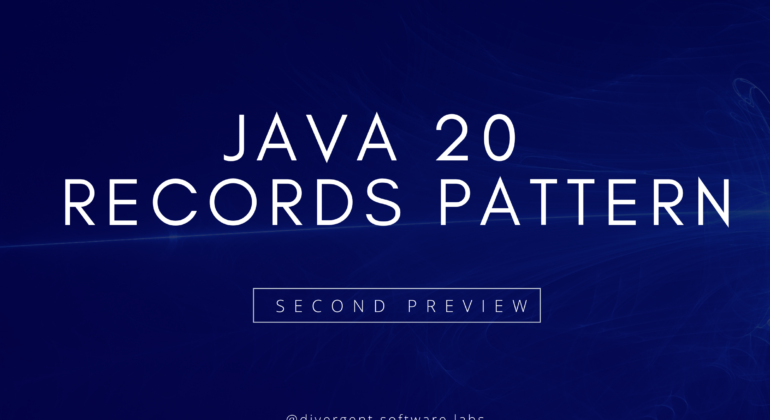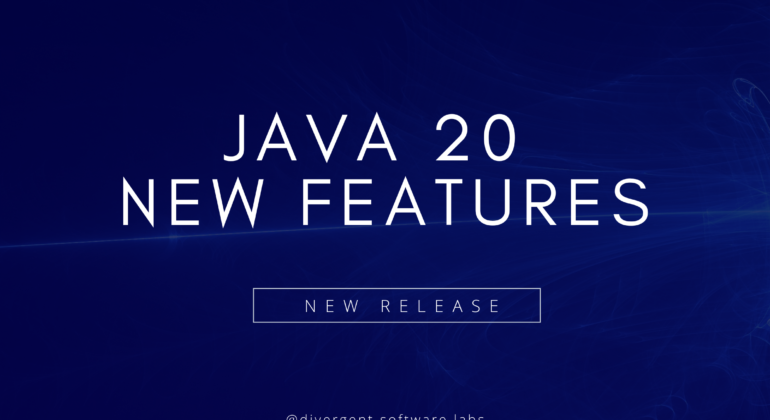Java Caching: Enhancing Performance and Availability
Caching in Java refers to the practice of storing data in a temporary location to expedite access. This temporary storage can take the form of memory, disk, or a distributed cache. Utilizing caching in Java applications can lead to improved performance by minimizing the need …
Performance Optimisation in Java Applications
Introduction Java is renowned for its portability and scalability, but without proper optimization, Java applications can suffer from performance issues. In this blog, we will delve into various techniques and tips to enhance the performance of Java applications, making them more responsive and efficient.Break down …
Choosing the Right Garbage Collector for Your Java Application
Introduction Garbage collection plays a crucial role in managing memory in Java applications. With several garbage collectors available, selecting the appropriate one can greatly impact application performance. Factors such as application type, heap size, and performance requirements should be considered to make an informed decision. …
Support for Unicode 15.0 in Java 20
Java 20 introduces enhanced support for Unicode 15.0, the latest version of the Unicode Standard. Unicode serves as a character encoding standard, defining a comprehensive set of characters and their associated properties. In Java 20, all 149,186 characters from Unicode 15.0 are fully supported, encompassing …
JAVA 20 : Foreign Function & Memory API
The Foreign Function & Memory API (FFM API) is an innovative addition to Java 20, designed to enable Java programs to seamlessly interact with external code and data outside of the Java runtime. It provides a safer and more high-level alternative to the Java Native …
Java 20 : Record Patterns (Second Preview)
Originally, the Record patterns feature was introduced in Java 19, that allow you to match values against a record type and bind variables to the corresponding components of the record. Record patterns can be used in conjunction with type patterns to “enable a robust, declarative, and …
Java 20 : New Features and Improvements
The Java 20 release was released on March 21, 2023. It includes a number of new features and improvements, including Record Patterns (Second Preview) Record patterns are a new feature that allows you to deconstruct record values. This can be used to make your code …
Lean Architecture: Excellence in Project Delivery
Lean Architecture is the ongoing process of reanalysing and upgrading architectural methodology. It is the chasing of better work by applying Lean methodology to every aspect of practice. It is about smart information flow and understanding how we recognize and process information in order to …
Tools a React Developer Should know to develop High-Performance Apps in 2022
JavaScript is one of the founding bricks of front-end development technologies and regarded as one of the oldest and strongest technologies when it comes to designing Front-end design frameworks. The biggest positive of JavaScript is its capability of being reused and the developers get free …
Major Reasons to prefer Angular JS for Web Development
There is a multitude of front-end development frameworks to choose from. Well Angular JS has something different in it as it is a highly advanced JavaScript Framework that is enabled with numerous elements which are especially buildup for the designing purpose to give a new …
